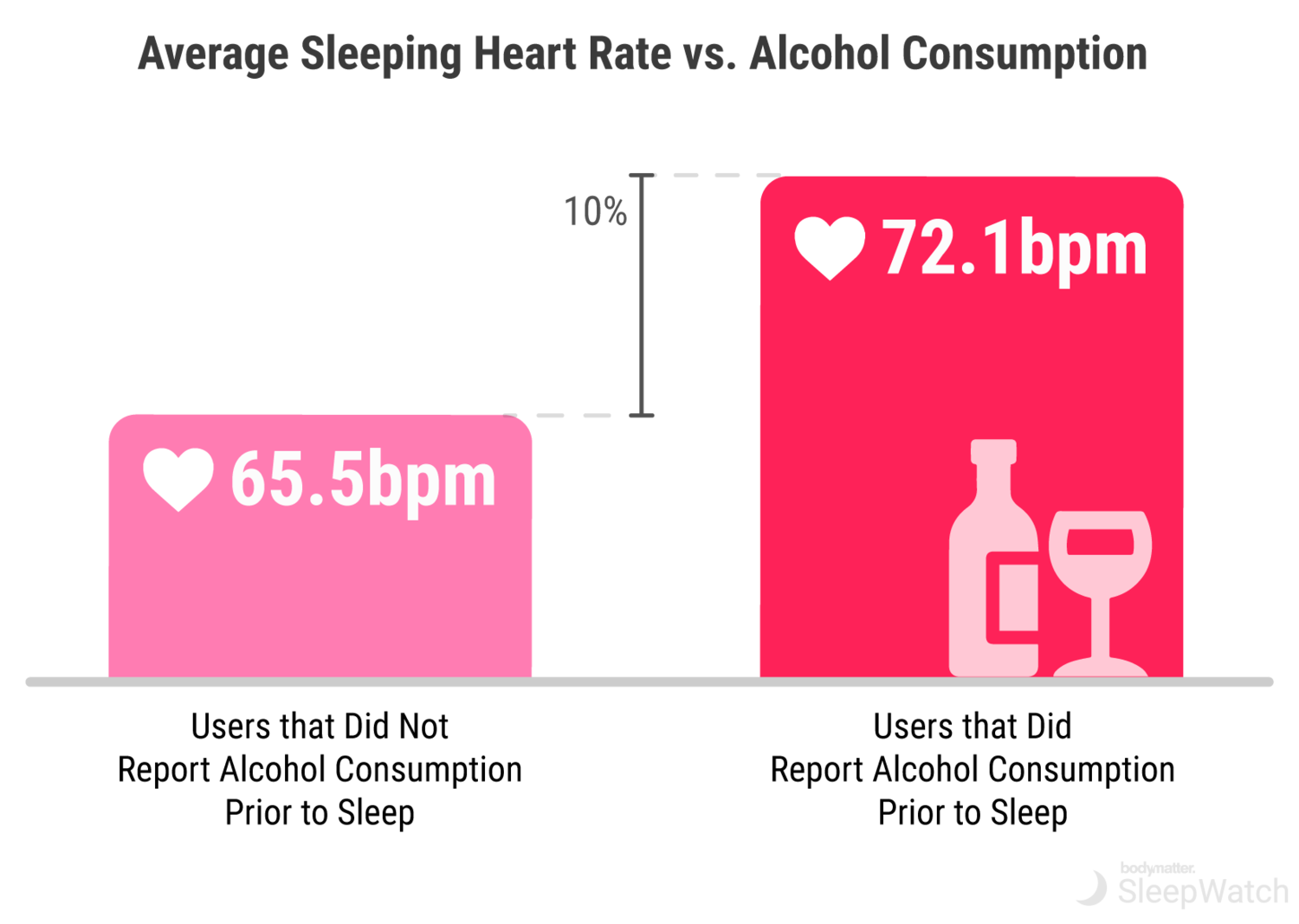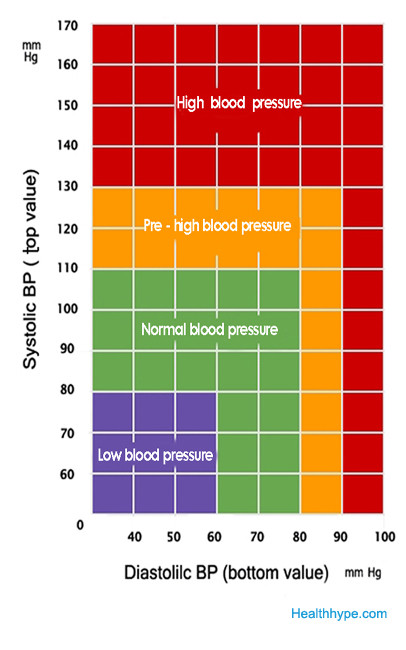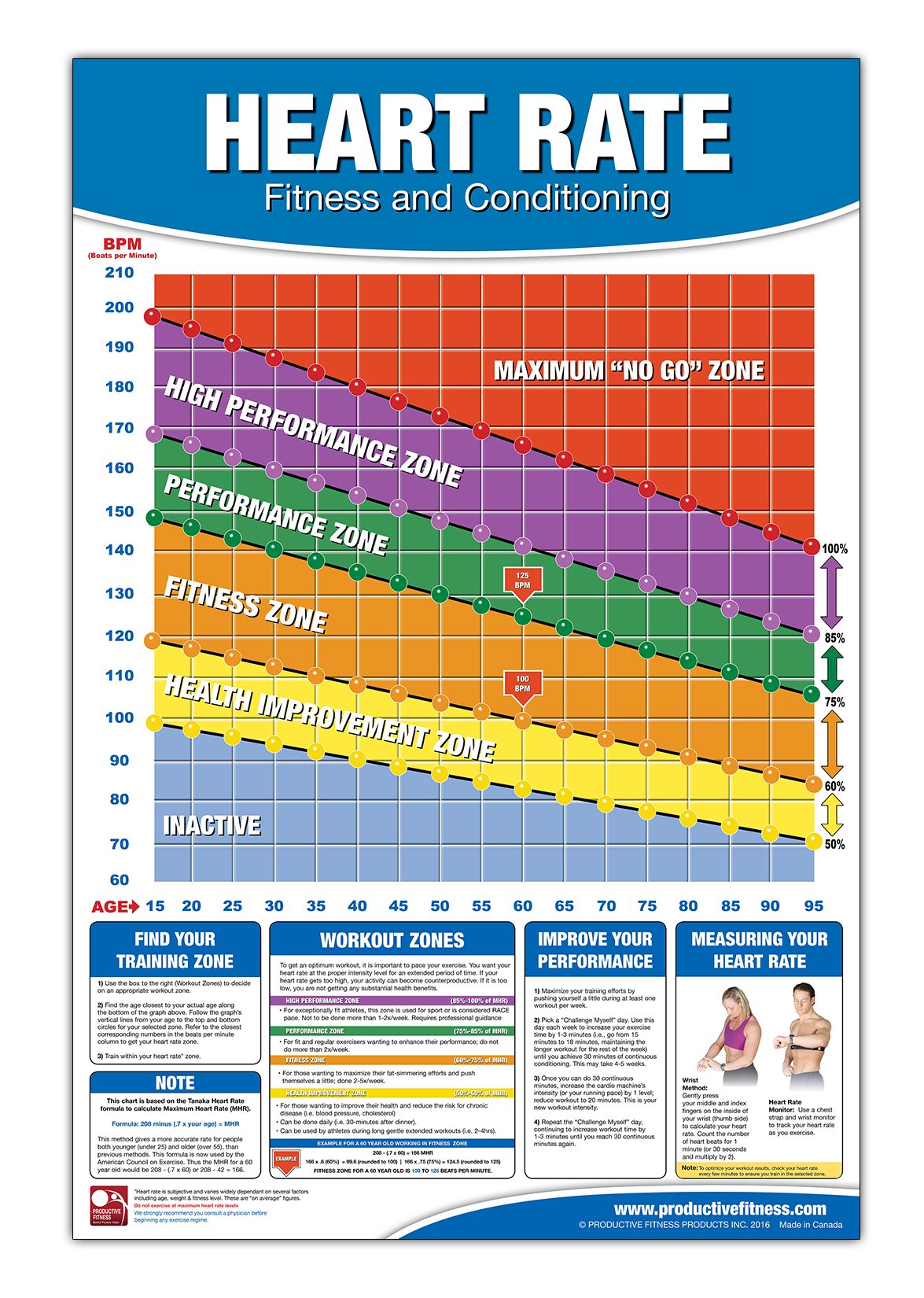If your oxygen level in blood is more than 90%, you probably are worrying unnecessarily
Under normal circumstances, the oxygen level in your blood should range from 95%-100%. Sometimes oxygen level is less than 95% and more than 90%. This might be due to factors that can be reversed e.g.
Target pulse/heart rate is defined as the rate at which the heart pumps blood throughout the body during workouts in order to safely maximize the cardiovascular benefits from the activity. The optimal target heart rate is approximately 50-85% of the maximum heart rate. For adults, the normal pulse rate is considered to be around 60 beats per minute. This is usually their resting pulse rate. Their pulse rate can go as high as 100 if the individual is using certain medications, has a fever, anemia, etc.

If you’re sitting or lying and you’re calm, relaxed and aren’t ill, your heart rate is normally between 60 (beats per minute) and 100 (beats per minute). But a heart rate lower than 60 doesn’t necessarily signal a medical problem. It could be the result of taking a drug such as a beta blocker. Nov 04, 2019 For adults, the normal pulse rate is considered to be around 60 beats per minute. This is usually their resting pulse rate. Their pulse rate can go as high as 100 if the individual is using certain medications, has a fever, anemia, etc. Pulse is arterial pulsation, and pulse frequency is pulse rate. The pulse and heartbeat of a normal person are the same. Normal adult is 60 to 100 times/min, usually 70-80 times per minute, with an average of about 72 times/min. The elderly are slower, 55 to 60 beats per minute.
- Less oxygen concentration in your proximity
- Higher altitudes
- Temperature extremes
- Exertion
However, if you have COPD or other lung issues, then the oxygen level in your blood should be around 88-92%. Below 88% can cause the shutting down of vital organs.
Why do I need oximeter
An oximeter is a non-invasive device, which is attached to your fingernails to measure the pulse rate and blood oxygen level. Drivers sopro. It gives you the measurement of oxygen in your blood in the form of a percentage.
Why pulse oximeter is used?
- To check if a ventilator is working
- To monitor the oxygen level during and after surgery
- To check the oxygen level in a person having lung issues
- Measure the pulse rate and oxygen concentration in the people having breathing issues
- To monitor how much a person can tolerate physical exertion a
Overview
What is your pulse?
Your pulse is your heart rate, or the number of times your heart beats in one minute. Pulse rates vary from person to person. Your pulse is lower when you are at rest and increases when you exercise (more oxygen-rich blood is needed by the body when you exercise). Knowing how to take your pulse can help you evaluate your exercise program. T&d driver download.
How to take your pulse
- Place the tips of your index, second and third fingers on the palm side of your other wrist below the base of the thumb. Or, place the tips of your index and second fingers on your lower neck on either side of your windpipe.
- Press lightly with your fingers until you feel the blood pulsing beneath your fingers. You may need to move your fingers around slightly up or down until you feel the pulsing.
- Use a watch with a second hand, or look at a clock with a second hand.
- Count the beats you feel for 10 seconds. Multiply this number by six to get your heart rate (pulse) per minute.

Count your pulse: _____ beats in 10 seconds x 6 = _____ beats/minute
What is a normal pulse?
Normal heart rates at rest:
- Children (ages 6 - 15) 70 – 100 beats per minute
- Adults (age 18 and over) 60 – 100 beats per minute
Test Details
What is maximum heart rate?
The maximum heart rate is the highest heart rate achieved during maximal exercise. One simple method to calculate your predicted maximum heart rate, uses this formula:
220 - your age = predicted maximum heart rate
Example: a 40-year-old's predicted maximum heart rate is 180 beats/minute.
There are other formulas that take into account the variations in maximal heart rate with age and gender. If you are interested in learning more about these more accurate but slightly more complicated formulas please see these resources:
- Gellish RL, Goslin BR, Olson RE, McDonald A, Russi GD, Moudgil VK. Longitudinal modeling of the relationship between age and maximal heart rate. Med Sci Sports Exerc. 2007 May;39(5):822-9. www.ncbi.nlm.nih.gov/pubmed/17468581
- Gulati M, Shaw LJ, Thisted RA, Black HR, Bairey Merz CN, Arnsdorf MF. Heart rate response to exercise stress testing in asymptomatic women: the st. James women take heart project. Circulation. 2010 Jul 13;122(2):130-7. Epub 2010 Jun 28. www.ncbi.nlm.nih.gov/pubmed/20585008
Your actual maximum heart rate is most accurately determined by a medically supervised maximal graded exercise test.
Please note that some medications and medical conditions may affect your heart rate. If you are taking medications or have a medical condition (such as heart disease, high blood pressure or diabetes), always ask your doctor if your maximum heart rate/target heart rate will be affected. If so, your heart rate ranges for exercise should be prescribed by your doctor or an exercise specialist.
What is target heart rate?
- You gain the most benefits and lessen the risks when you exercise in your target heart rate zone. Usually this is when your exercise heart rate (pulse) is 60 to 80% of your maximum heart rate. In some cases, your health care provider may decrease your target heart rate zone to begin with 50% .
- In some cases, High Intensity Interval Training (HIIT) may be beneficial. This should be discussed with a healthcare professional before beginning. With HIIT exercise, heart rates zones may exceed 85%.
- Always check with your healthcare provider before starting an exercise program. Your provider can help you find a program and target heart rate zone that matches your needs, goals and physical condition.
- When beginning an exercise program, you may need to gradually build up to a level that's within your target heart rate zone, especially if you haven't exercised regularly before. If the exercise feels too hard, slow down. You will reduce your risk of injury and enjoy the exercise more if you don't try to over-do it!
- To find out if you are exercising in your target zone (between 60 and 80% of your maximum heart rate), stop exercising and check your 10-second pulse. If your pulse is below your target zone (see below), increase your rate of exercise. If your pulse is above your target zone, decrease your rate of exercise.
What is your target zone?
Target Heart Rate Zones by Age *

- Age: 20
- Target Heart Rate (HR) Zone (60-85%): ** 120 – 170
- Predicted Maximum HR: 200
- Age: 25
- Target Heart Rate (HR) Zone (60-85%): 117 – 166
- Predicted Maximum HR: 195
- Age: 30
- Target Heart Rate (HR) Zone (60-85%): 114 – 162
- Predicted Maximum HR: 190
- Age:35
- Target Heart Rate (HR) Zone (60-85%): ** 111 – 157
- Predicted Maximum HR: 185
- Age: 40
- Target Heart Rate (HR) Zone (60-85%): 108 – 153
- Predicted Maximum HR: 180
- Age: 45
- Target Heart Rate (HR) Zone (60-85%): 105 – 149
- Predicted Maximum HR: 175
- Age: 50
- Target Heart Rate (HR) Zone (60-85%): 102 – 145
- Predicted Maximum HR: 170
- Age:55
- Target Heart Rate (HR) Zone (60-85%): 99 – 140
- Predicted Maximum HR: 165
- Age:60
- Target Heart Rate (HR) Zone (60-85%): 96 – 136
- Predicted Maximum HR: 160
- Age:65
- Target Heart Rate (HR) Zone (60-85%): 93 – 132
- Predicted Maximum HR: 155
- Age:70
- Target Heart Rate (HR) Zone (60-85%): 90 – 123
- Predicted Maximum HR: 150
Your Actual Values (Actual Values are determined from a graded exercise test)
- Target HR
- Max. HR
Sony pvc driver download. * This chart is based on the formula: 220 - your age = predicted maximum heart rate.
Resources
Normal Pulse Level In Adults
For more information about exercise

Normal Pulse Level In Human Body
- Exercise for Your Heart Health.
- Exercise: Make Your Program a Success.
- To make an appointment with an exercise specialist or to join a cardiac rehabilitation program, contact the Cleveland Clinic Preventive Cardiology and Rehabilitation Program at 216.444.9353 or 800.223.2273, ext. 9353
- To find a cardiac rehabilitation program in your area, contact the American Association of Cardiopulmonary Rehabilitation.
- American Heart Association.
- National Heart, Lung, and Blood Institute.
